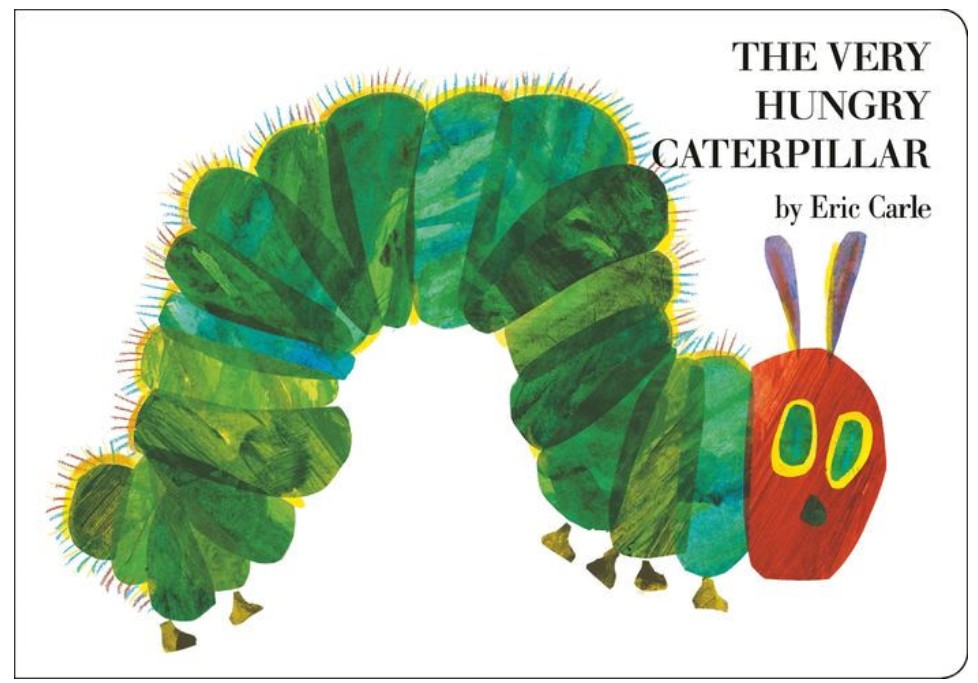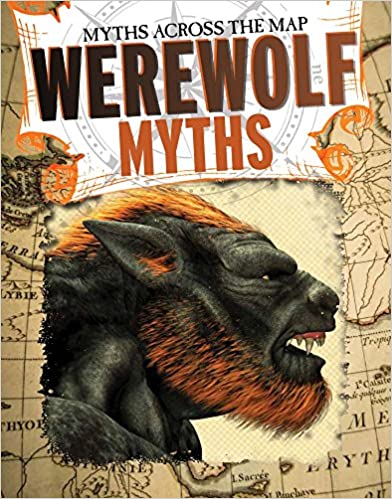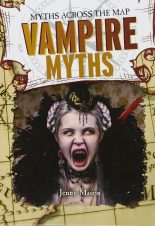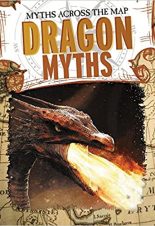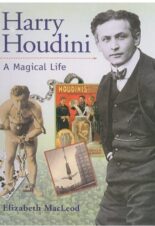Werewolf Myths
Myths Across the Map
by Jenny Mason
AR Test
8+
Score
7.2
48
The werewolf, or lycanthrope, is a human that can take an animal form or an animal that can take human form. Shapeshifters are prevalent in legends across the world, including the Greek minotaur, Celtic selkies, Navajo skin-walkers, and more, dating back to the oldest myths from around the globe. Cave paintings from 25,000 years ago depict images of half-human, half-animal figures. Readers will learn about other cultures’ werewolf beliefs and how these beliefs were shaped. This thrilling volume is full of grisly tales as well as surprising scientific explanations for some werewolf anecdotes.
Werewolf Myths is visually appealing. Each page has large illustrations that include short captions. In addition, each section is broken into smaller sections that have fun headlines such as “Hunt or Be Hunted” and “Puppy Love.” Another appealing aspect of the story is the fun facts that appear in a graphic that looks like a scroll. Throughout the book, readers will encounter bolded words that may be unfamiliar; however, the words are defined within the text, making the passage easy to understand.
Since werewolves represent “humanity’s evil, murderous, dark side” many stories about them are violent and disturbing. The graphic descriptions of werewolves’ behavior and the ways “werewolves” were punished are disturbing. Despite this, the werewolf facts are interesting and refer to ancient myths as well as popular culture. None of the myths are covered in detail which allows the book to cover many interesting topics including movies, diseases, and convicted werewolves from history. Full of colorful pictures, interesting facts, and historical information, Werewolf Myths will entertain readers who want to understand where the legends of werewolves began. Readers who are howling for more werewolf lore should also read Behind the Legend: Werewolves by Erin Peabody. But beware: it’s even more graphic and gory than Werewolf Myths.
Sexual Content
- None
Violence
- In one myth, King Lycaon served the god Zeus “a special supper of roasted human flesh.” Angry, Zeus “kills all of Lycaon’s sons with bolts of lightning and turns the king into a yowling, bloodthirsty wolf-man.”
- Wolves “often dug corpses out of shallow graves.”
- If a werewolf was killed, “many European legends suggested decapitating the beast and burning its body to ashes” so the werewolf wouldn’t turn into a vampire.
- In France, if someone was accused of being a witch or werewolf, “they stood trial, and once convicted, the allegedly guilty werewolves were beaten, hanged, and burned.”
- In Brazil in 1978, a “16-year-old Eliana Barbosa was nailed to a cross for three days while priests tried to exorcise the ‘wolf demon’ she claimed had taken over her soul.”
- In 1536, Gilles Garnier “killed and consumed the flesh of children. . . he howled at the moon after each killing.” For his crimes, Gilles was burned alive.
- In Germany, Peter Stump “attacked, mauled, and murdered many people.” Stump also “confessed to cannibalism. . . Authorities tied him to a wheel and pulled off his skin with hot pinchers. They shattered his bones and cut off his head. Finally, they burned what was left of his body.”
Drugs and Alcohol
- Berserkers “were fierce warriors who dressed in animal skins to assume greater power and killer instincts. Today, we know that they also drank hallucinogenic potions, which made them truly go berserk!”
- During World War II, Nazis schemed “to commit mass murder by injecting poison into coffee, chocolate, and aspire.”
- To make a werewolf potion, people “set an iron pot over a fire and combined several ounces of hemlock, henbane, saffron, poppy seeds, aloe, opium, asafetida, solanum, and parsley.” This potion would cause hallucinations.
- Drinking wine with wolfsbane and nightshade would “produce powerful shape-shifting hallucinations.”
Language
- None
Supernatural
- Some cultures believed that magical wolf pelts allowed people to turn into wolves.
Spiritual Content
- The book includes information about some ancient gods such as Anubis, “the ancient Egyptian god of the afterlife.” However, the religious beliefs are not discussed.
- Norse mythology includes a story about “the wisest of gods, Odin” who created the first wolf.
- Before early people began farming, wolves were considered “heroic deities.”
- In one myth, “goddess Ishtar” punished a shepherd by transforming him into a wolf. “Ishtar was an angel-like goddess of love, power, and war.”
- Some cultures believed werewolves received their power from the devil.
“Myths remind us that humans are capable of both good and evil.” –Werewolf Myths
Latest Reviews

Medusa

Simone Biles Vs. Nadia Comaneci: Who Would Win?

A Manatee Calf Grows Up

Thankful

Game Changer

Swimming with Spies

The Only Game

Wildfire Rescue
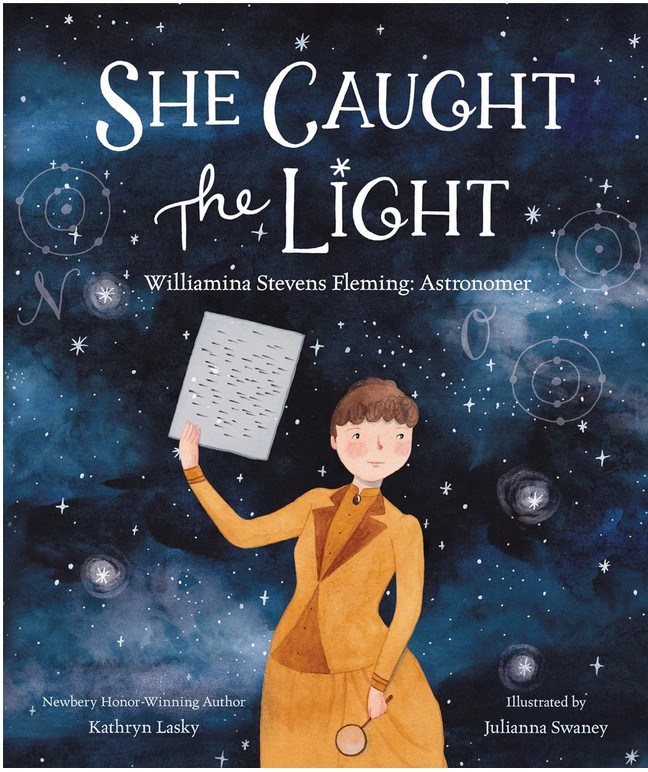
She Caught the Light: Williamina Stevens Fleming: Astronomer
